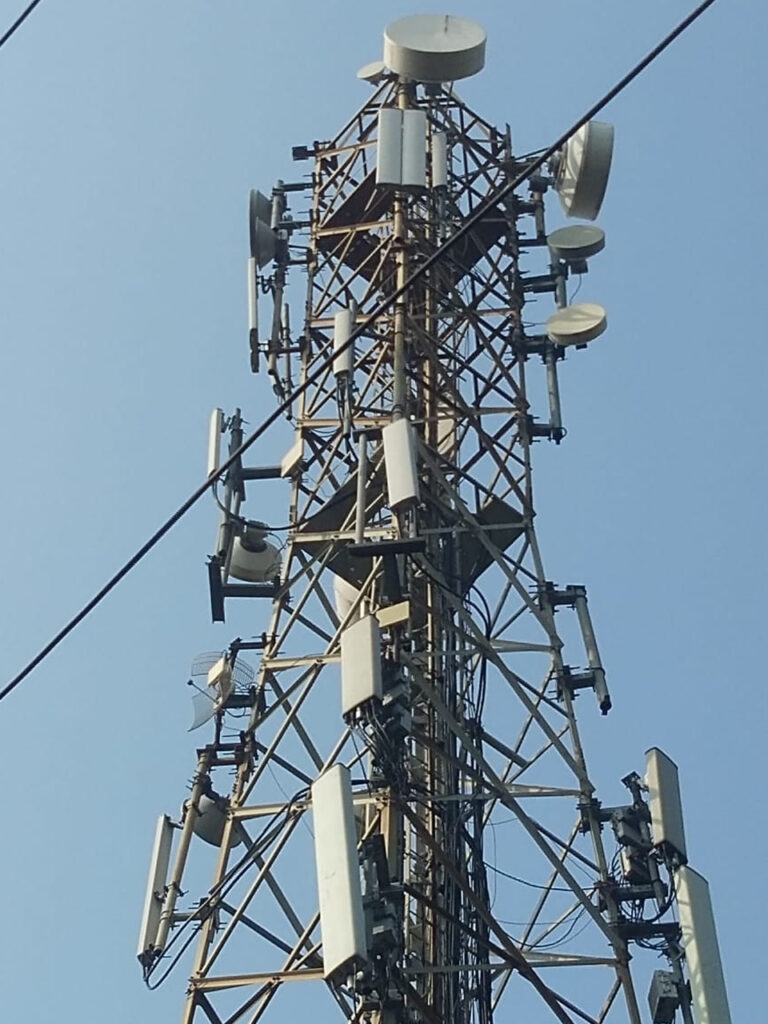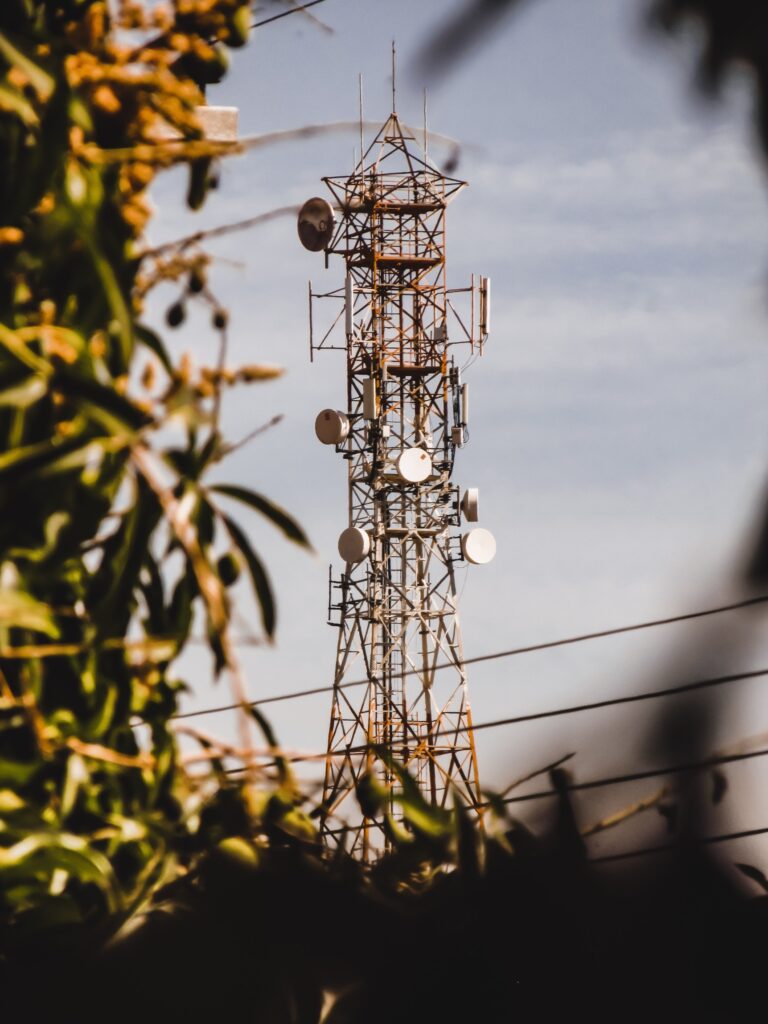Mobile Tower & Civil Overview


- Target Analysis
- Budget Friendly
- Flexible Tools
Target analysis is an important aspect of mobile tower installation and maintenance from a civil engineering perspective. The process of target analysis involves identifying the appropriate location for the mobile tower, considering factors such as coverage area, signal strength, and site accessibility.
Civil engineers use various tools and techniques to conduct target analysis, including site surveys, radio frequency (RF) analysis, and geospatial analysis. Site surveys involve visiting potential locations to assess factors such as topography, land use, and infrastructure availability.
RF analysis involves measuring the strength and quality of signals at different locations to determine the optimal location for the mobile tower. Geospatial analysis uses digital mapping and modeling tools to analyze terrain features and identify potential obstacles that may affect signal quality.
Target analysis also involves considering the potential impact of the mobile tower on the local environment and community. Civil engineers must take into account factors such as noise levels, visual impact, and potential health risks associated with electromagnetic radiation.
By conducting a thorough target analysis, civil engineers can ensure that the mobile tower is installed in the most appropriate location, optimizing signal strength while minimizing the impact on the surrounding environment and community. This helps to ensure that the mobile tower provides reliable and safe communication services to users.
When it comes to mobile tower installation and maintenance, there are ways to make the process budget-friendly from a civil engineering perspective. One approach is to optimize the design of the tower and its foundation to reduce construction costs without compromising safety or functionality.
Civil engineers can use cost-effective materials and construction techniques, such as prefabricated components, to reduce the cost of the tower's structural components. They can also design the foundation of the tower to match the soil conditions at the site, which can reduce the amount of excavation and foundation materials needed.
Another way to make the installation and maintenance of mobile towers budget-friendly is to conduct thorough site surveys and target analysis. By carefully selecting the location of the tower, civil engineers can minimize the amount of infrastructure required to connect the tower to the network, reducing installation and maintenance costs.
Regular maintenance and inspection of the tower can also help to reduce long-term costs. By detecting and addressing maintenance issues early, civil engineers can prevent costly repairs or replacements later on.
Overall, a budget-friendly approach to mobile tower installation and maintenance involves careful planning, design optimization, and regular maintenance to ensure that the tower operates efficiently and cost-effectively over its lifespan.
Civil engineers use a range of flexible tools to facilitate the installation and maintenance of mobile towers. These tools enable them to design, construct, and maintain the tower in a way that meets the specific needs and requirements of the location and the network.
One flexible tool commonly used in mobile tower installation is the use of modular components. Modular components can be prefabricated off-site and then assembled on-site, reducing construction time and costs. This approach also allows for greater flexibility in tower design, enabling civil engineers to customize the tower to fit the specific needs of the site and the network.
Another flexible tool used in mobile tower installation and maintenance is the use of drones and other unmanned aerial vehicles (UAVs). Drones can be used to conduct site surveys and inspections, allowing civil engineers to quickly and accurately assess the condition of the tower and its surroundings. This approach can save time and reduce the risk of injury to personnel who would otherwise need to climb the tower to conduct inspections.
Advanced software tools and modeling techniques are also used to facilitate the design and analysis of mobile towers. These tools enable civil engineers to simulate the tower's behavior under different conditions, allowing them to optimize the tower's design for maximum efficiency and safety.
Overall, the use of flexible tools in mobile tower installation and maintenance enables civil engineers to design, construct, and maintain the tower in a way that meets the specific needs of the site and the network. This approach can lead to cost savings, improved efficiency, and a safer working environment for personnel involved in the installation and maintenance of mobile towers.

